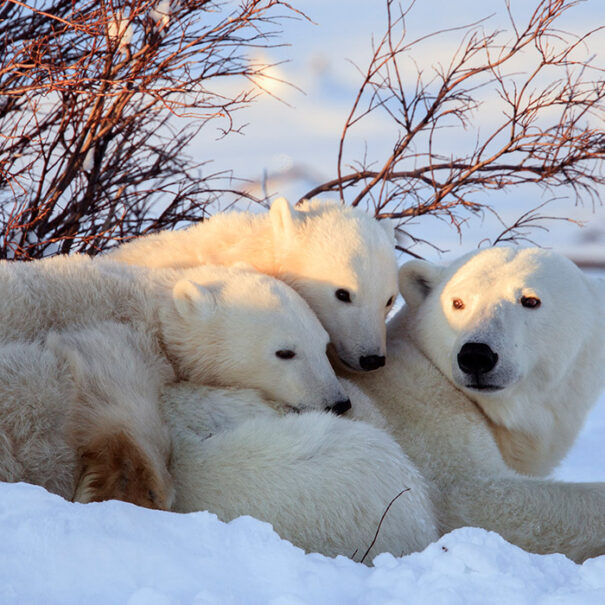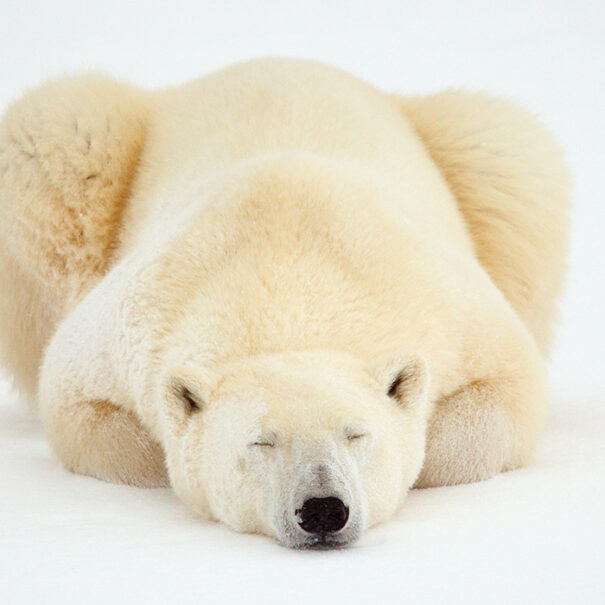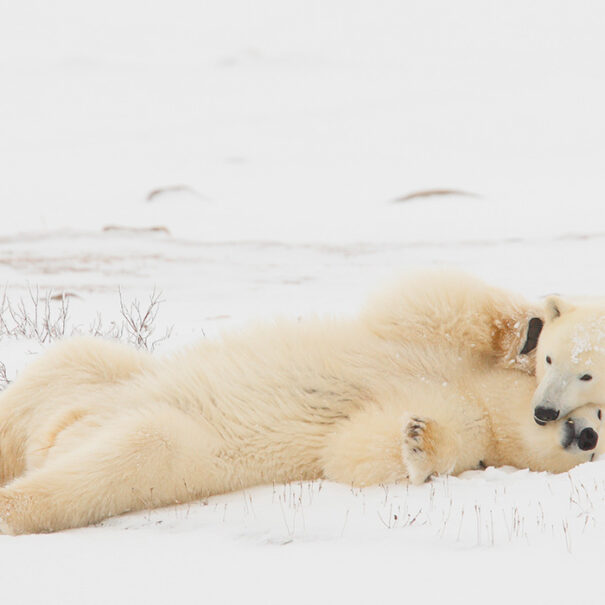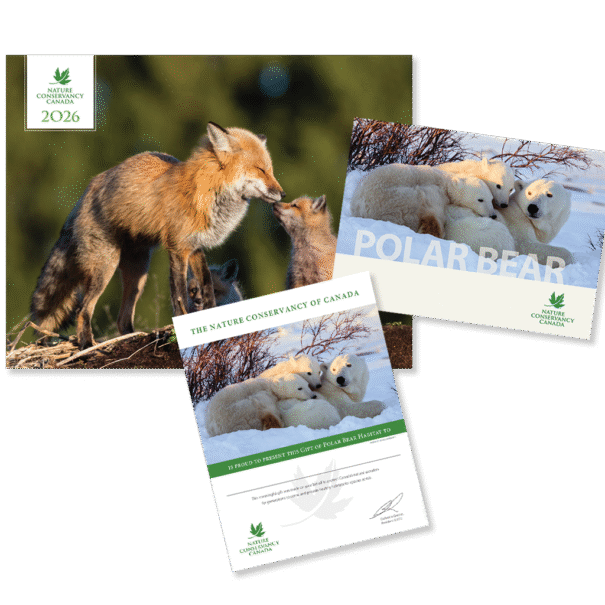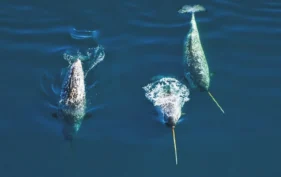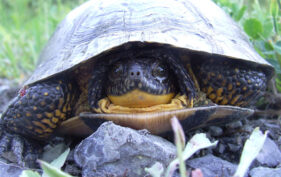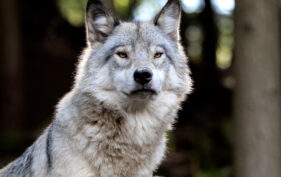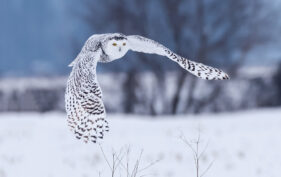Polar Bear
Not only are polar bears the biggest bear species, they’re also the world’s largest land carnivore. Polar bears are also affected by climate change: A decrease in the amount and thickness of sea ice will significantly impact their primary habitat. With this symbolic gift of polar bear habitat, you can help ensure the survival of this mammal.
Gift details
Digital download includes:
- Digital species booklet
- Digital full-colour certificate
- Informational video
Physical package includes:
- 2026 NCC calendar
- Species booklet
- Full-colour certificate
Need to ship to multiple addresses? Visit the FAQ page for more information.
Your Gift in Action
Your gift will conserve critical habitats and ensure a future for species at risk. It will also build healthier, more resilient ecosystems that provide essential benefits and services to people and their communities, while countering the effects of climate change and biodiversity loss.
Since 1962, NCC has brought Canadians together to conserve and restore more than 15 million hectares, coast to coast to coast. But we must do more faster and accelerate the pace of conservation. Every gift and donation counts.
Polar Bear
Not only are polar bears the biggest bear species, they’re also the world’s largest land carnivore. Males can weigh up to 800 kilograms and reach lengths of up to 2.8 metres while females can weigh up to 400 kilograms and reach lengths of up to 2.5 metres.
Polar bears’ bodies are covered in dense, water-resistant fur that is yellow or off-white in the summer, and white the rest of the year. Their fur covers their paw pads, insulating their feet and providing better traction on snow and ice. Large, sharp claws help them climb, dig through ice, and snow and hunt seals. Their slightly webbed paws are useful for swimming.
Two-thirds of the global population of polar bears is found in Canada. They typically occupy the coastal regions of the Arctic and the channels between its many islands. Polar bears depend heavily on sea ice to travel and access prey. When sea ice melts in mid- or late summer, they move to the coast until the sea ice returns, relying on fat stores for survival.
Polar bears are affected by climate change: A decrease in the amount and thickness of sea ice will significantly impact their primary habitat. A symbolic gift of polar bear habitat can help ensure the survival of this mammal.
Photo 1: Polar bear sleeping; photo by John E. Marriott. Photo 2: Polar bear, Nunavut; photo by John E. Marriott. Photo 3: Polar bear family; photo by John E Marriott. Photo 4: Polar bears play fighting; photo by John E. Marriott.


